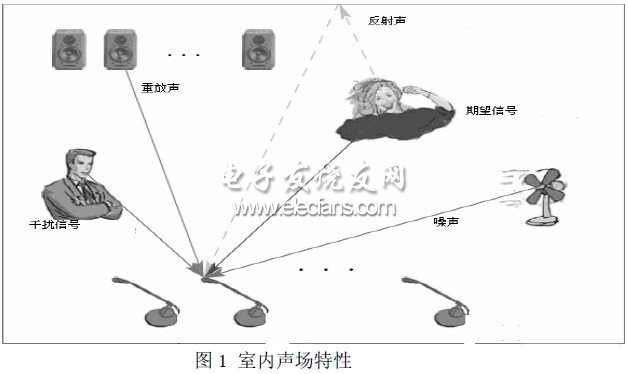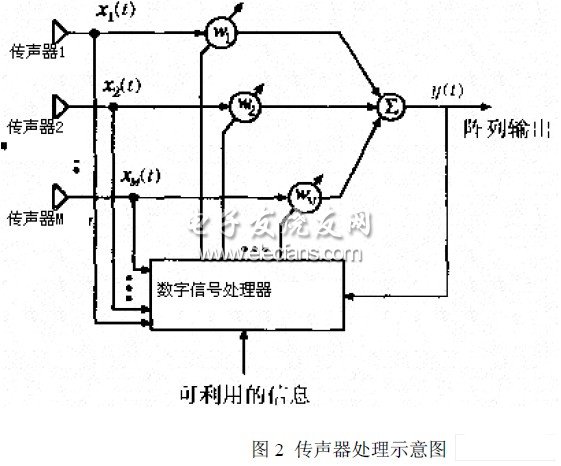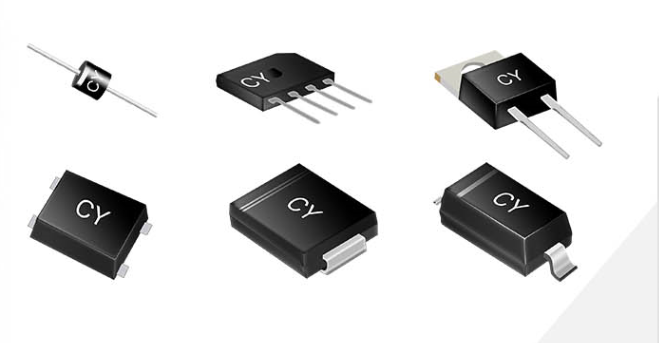1 Introduction
For the traditional indoor sound reinforcement system, the mode is generally that the microphone picks up the sound, and then the signal is sent to the power amplifier for amplification, and then sent to the speaker for playback. This sound reinforcement system does not deal with the noise, resulting in the indoor sound field. The characteristics deteriorate, and even affect the listener to accurately hear the desired signal. In this paper, an improved sound reinforcement system design scheme is presented, which uses a microphone array and uses digital signal processing technology to suppress unwanted signals as much as possible without affecting the real-time performance of the signal.
2. DSP-based indoor sound reinforcement system
2.1 Indoor sound field characteristics
For indoor sound reinforcement systems, the sound field characteristics are more complicated. The signals arriving at the microphone may have desired signals, reverberation signals, interference signals, noise signals, and even the playback signal of the speaker (related to the position of the indoor sound and its directivity). This sound field characteristic can be represented by Figure 1.

Among these signals, except for the desired signal (which we need), all the other signals will affect the clarity of the sound signal. Therefore, these signals can be regarded as noise, especially the sound reproduction signal, which may pass the acoustic feedback. The whistling caused severely affected the stability of the indoor sound field. Therefore, how to eliminate or minimize these unwanted signals, maintain the stability of the indoor sound field and the clarity of the speech signal is the first problem to be considered and solved by the indoor sound reinforcement system.
2.2 Signal model in this design
The sound reinforcement system design proposed in this paper adopts modern array signal processing technology, uses sensor array, combined with digital signal processing technology and corresponding algorithm, so that the output signal of the array has a large signal-to-noise ratio for the desired signal, but Unwanted signals other than the desired signal have a large attenuation (ideal result is attenuation to zero). The processing diagram is shown in Figure 2:

3 hardware design of the program
3.1 Design block diagram In the sound reinforcement system, the microphone array and the digital signal processor are used, and the purpose of suppressing the useless signal is achieved according to the relevant algorithm. Block diagram is shown in Figure 3:

In this design, the signal sensed by the microphone is firstly low-pass filtered. Since the expected signals of the indoor sound reinforcement system are all voice signals, after low-pass filtering, the frequency of the output signal is limited to 3400 Hz, and then The signal is analog-digital converted, which is convenient for the subsequent digital signal processor to process. After each signal is weighted and summed, the output signal is sent to a subsequent power amplifier for amplification, and then sent to the speaker for playback. The key here is the automatic updating of the weights. As long as an effective algorithm is used, the DSP will automatically correct the weights so that the desired signals are output correctly, and the unwanted signals are suppressed as much as possible.
General-purpose rectifiers belong to the most widely used category of rectifiers, and their classification is relative to those with special functions, such as fast, high-frequency, and so on.
Our universal rectifiers are of original quality, complete models, high visibility, affordable prices, and fast shipping!

Rectifiers,General Purpose Rectifiers,Rectifier Diode,General Purpose Rectifier Diodes
Changzhou Changyuan Electronic Co., Ltd. , https://www.cydiode.com